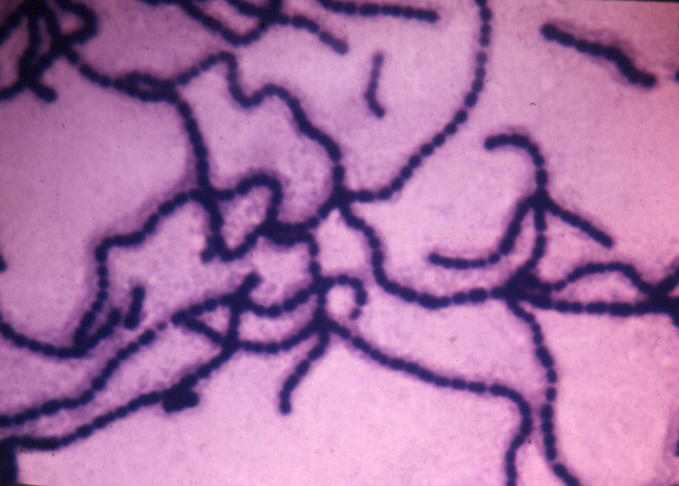Last winter, I had a really enjoyable task set before me: I had the pleasure of helping a friend search for her first horse. I love horse searching because I like the chase of a good find, but more importantly, if I am helping someone else search, then I am not doing the actual buying.
Very good indeed, especially from the point of view of my pocketbook.
So last winter, the goal was to find an eventer and I dutifully sorted through all kinds of classifieds, memory of random horses I knew, and more. I had found a couple promising leads in a nearby state so one day, I got off early from work and off we went.
The gelding of interest was a seven or eight year old Thoroughbred. I don't really remember the details, except he was supposed to be a nice mover, experienced at jumping, and was in the expected price range of an eventer.
As I found out, there were several surprises on this trip.
The first one was when we pulled into the barn. We had been to several other barns already and I have been in a plethora of facilities over the years. However, this one was different. It looked like a movie set with perfectly groomed paths, plants, and the rare well groomed and blanketed horse standing in a all weather paddock. Never mind, that it was the middle of winter in the Midwest.
The first one was when we pulled into the barn. We had been to several other barns already and I have been in a plethora of facilities over the years. However, this one was different. It looked like a movie set with perfectly groomed paths, plants, and the rare well groomed and blanketed horse standing in a all weather paddock. Never mind, that it was the middle of winter in the Midwest.
We were escorted into the barn which was heated to a temperature warm enough that I felt compelled to peel off the five extra winter layers I was wearing. Then I noticed the custom artwork on the walls of the barn. This was the first barn I've ever been in with leather furniture and artwork in the barn aisles. It was absolutely magnificent.
And I was more than outclassed at that point in my work clothes complete with barn jacket and winter boots. Nevertheless, we continued on as my friend tried out the horse. I made myself cozy in the enormous indoor arena, settling like a lizard under the heat lamp. This was also the first heated indoor I've ever been in that had heat lamps available for spectators. Amazing.
Another spectator made himself comfortable next to me, as he watched a lady school a upper level dressage horse in the indoor. He kindly told me that the attached lounge had a Keurig and bagels if I was hungry. Well, I do share an insatiable love of coffee and food, so I wandered in to look at the surroundings.
As expected, the lounge was majestic. Leather furniture, beautiful artwork, carefully placed magazines made for another picture perfect image. Were there really horses on this property?
I carefully stirred my coffee and enjoyed flipping through a few magazines. I was a little surprised when another person stopped in, introducing herself politely and asking me if I was capable of using a Keurig or if I'd ever seen one before. I was a little surprised. I wasn't Keurig class that day. :)
I do actually own and use a Keurig at home.
That aside, I made myself back at home under the heat lamp, basking away happily while videoing the bay Thoroughbred. My lizard like happiness was once again interjected by another visitor asking me if I needed help finding someone and if I had something to do.
Note to self: dress code is a little more formal than I had expected.
As expected, the lounge was majestic. Leather furniture, beautiful artwork, carefully placed magazines made for another picture perfect image. Were there really horses on this property?
I carefully stirred my coffee and enjoyed flipping through a few magazines. I was a little surprised when another person stopped in, introducing herself politely and asking me if I was capable of using a Keurig or if I'd ever seen one before. I was a little surprised. I wasn't Keurig class that day. :)
I do actually own and use a Keurig at home.
That aside, I made myself back at home under the heat lamp, basking away happily while videoing the bay Thoroughbred. My lizard like happiness was once again interjected by another visitor asking me if I needed help finding someone and if I had something to do.
Note to self: dress code is a little more formal than I had expected.
Back to the Thoroughbred. He ended up being a bit of a strong horse. Maybe more like a runaway nut. In such a pristine environment, he was a difficult ride and seemed out of place.
On the positive side, I did happen to see the cutest short stirrup pony. I was informed by the other spectator that it was one of the top ones in the country. Good thing I have good taste in coffee and ponies.
My curiosity got the best of me when we were back driving home. How much for such grandeur?
$1200 a month, not including extras.
$1200 a month, not including extras.
Egads.
Back to the semi feral life for me.
Back to the semi feral life for me.






